“Trick ‘r Treat” has become a Halloween favorite, but it’s more than just a modern horror thrill; it’s also a treat of representation.
Directed and written by Michael Dougherty, Trick ‘r Treat is a modern classic that tells several different intertwined tales, including ones that feature killer school principals and werewolves. Many horror fans have a soft spot for this film and Sam, the adorable pumpkin head child-like entity of Halloween, that shows up in each vignette.
Overall, Trick ‘r Treat is great fun to be had. It’s one of those films that is endlessly rewatchable and has comfort watch written all over it. However, in the midst of all the fun and gore, the film provides some important representation and an overall empathetic viewpoint regarding individuals with autism.
The character Rhonda (Samm Todd), an autistic teen with low support needs and a fervent love of Halloween, becomes one of the film’s most memorable and sympathetic characters across the several vignettes.
Autistic-coded characters can be found across the horror genre (take May Canady from 2002’s May, for example), but characters that are explicitly stated to be autistic are few and far between. Those who are autistic are either minor characters or small children usually used as plot devices or props for neurotypical characters and their own growth. Some of it is downright offensive and hamfisted (2016’s The Darkness comes to mind) or slightly progressive but not quite there yet (2020’s Come Play is an example of this) in their portrayals.
Trick ‘r Treat predates both The Darkness and Come Play, yet the portrayal of Rhonda is much more deft.
Rhonda’s story is set within the vignette that revolves around The Halloween School Bus Massacre.
Thirty years prior to the narrative, a busload of handicapped children were mercilessly killed. The parents paid the driver to kill the children, and in the process of doing so, one of the children escapes, desperate to get home, and accidentally drives the bus off of a ledge and into a quarry. All of the children die, and the bus driver survives.
On this particular Halloween, teens Macy (Britt McKillip), Schrader (Jean-Luc Bilodeau), Sara (Isabelle Deluce), and Chip (Alberto Ghisi), along with Rhonda, go out to the quarry under the guise of paying tribute to the busload of dead kids. However, what is really happening is the group is playing a mean prank on Rhonda. In essence, it wouldn’t be difficult to call Rhonda the main character of the vignette because most of the catharsis, ethos, and pathos lies with her character.
Rhonda reflects a depressing and prevalent real-world statistic.
A study titled “Bullying Experiences Among Children and Youth with Autism Spectrum Disorders” reports that 77% percent of children with ASD are victims of bullying.
This figure shouldn’t shock anyone who has attended a public school in North America or elsewhere. Children are relentlessly cruel to those who are considered different from the narrow neurotypical stereotype.
The risk of bullying overall is more prevalent in children with other neurodevelopmental disorders, which include ADHD and Tourette’s as well.
While Rhonda does represent the masses of autistic children who are bullied, part of what makes Rhonda such a radical and empathetic character is that Rhonda is allowed to be autistic and display autistic traits such as having special interests and info-dumping. Rhonda is endeared to the viewer via the traits she has; the traits that the other teens roll their eyes at are portrayed positively.
However, the teens and their disdain for Rhonda’s abject autism are portrayed as negative and hateful.
The audience sees Rhonda infodump about Halloween joyfully. This is her favorite holiday, after all. Her fixation on Halloween goes beyond her gleeful info-dumping. Her home is decked out in meticulously carved Jack o’ lanterns. She’s dressed as an adorable witch, and she’s all too eager to go out with the group and have Halloween fun. Rhonda is in her element, and she’s happy and confident.
In fact, her knowledge and reverence for Halloween gain her the respect of Sam, the literal spirit of the season, at the end of her vignette.
Above all, Rhonda is given agency.
She’s not infantilized like many autistic characters are. She’s treated as an autonomous being. She makes active decisions and affects the story’s outcome as a whole.
Early in the vignette, Rhonda is even mildly flirting with Schrader, who seems to actually be into it and goes on to defend Rhonda after the prank goes horribly awry. (It still doesn’t save him in the end.)
In this snapshot, Rhonda is presented as a normal teen who is targeted for being autistic and othered for being different. She just wants all of the love and acceptance that she deserves, and in trusting others and searching for this acceptance, she is hurt. Rhonda’s trust is violated. Everyone can relate to that; we’ve all been outsiders in one way or another.
Rhonda gets some sweet revenge when the tables turn, and the decaying bodies of the children from The Halloween School Bus Massacre rise and attack the living teens. The guileful Rhonda manages to escape to the quarry’s elevator. In that moment, Rhonda is given the choice to hit the button and leave the other teens for dead or open the door and save as many as she can. Rhonda chooses the former, and she escapes.
Karmic justice is served, and Rhonda meets Sam (Quinn Lord) at the top of the quarry, where he gives her a respectful nod.
Trick ‘r Treat is a fun ride filled with lots of Halloween holiday cheer, cool kills, and an investing set of stories and characters.
Trick ‘r Treat is a film that isn’t afraid to play into tropes and subvert them as well.
Rhonda subverts a lot of tropes when it comes to the portrayals of autistic teens; the audience is even given an explicitly autistic final girl.
The Halloween School Bus Massacre segment is just a part of the whole that makes Trick ‘r Treat a cult marvel, but it is a segment that breaks down boundaries and reminds us of our own humanity and how important it is to relate to one another, no matter how different we all are.
As a neurodivergent viewer, it was truly freeing to see Rhonda not only subvert stereotypes but survive her tormentors.
Real life isn’t so clear-cut, so it’s important to take a little joy from seeing the neurodivergent among us survive and come out on top in fiction.


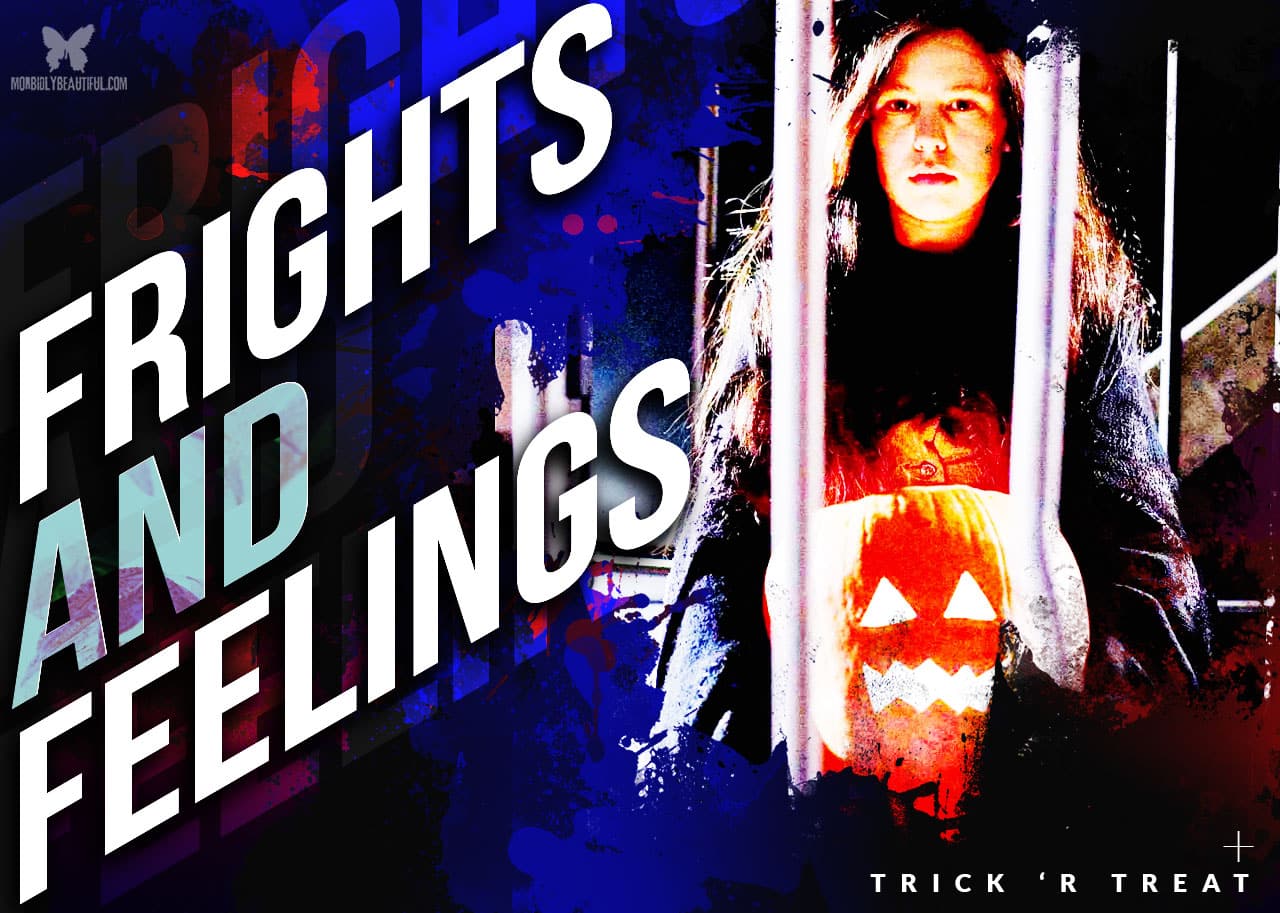
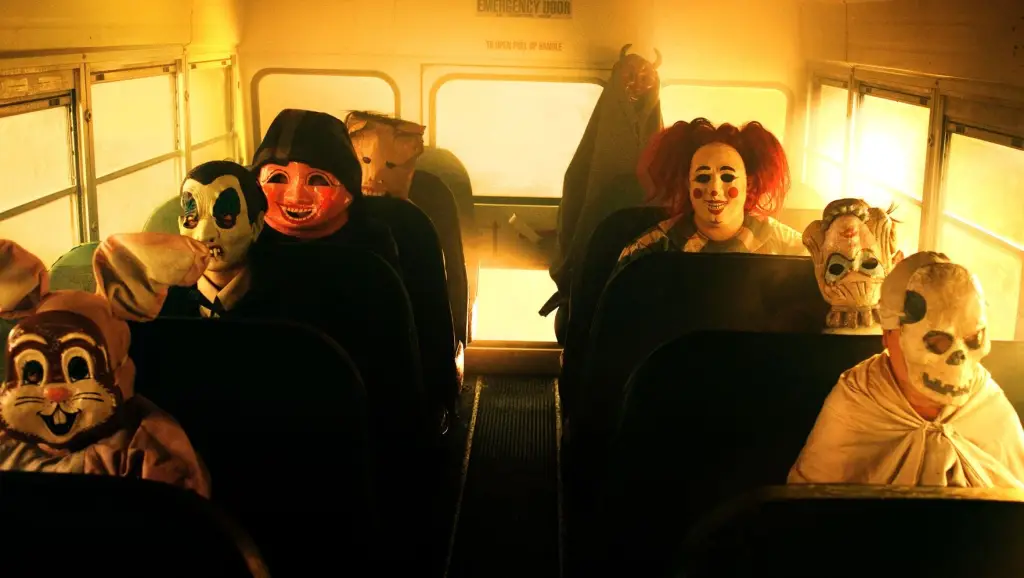
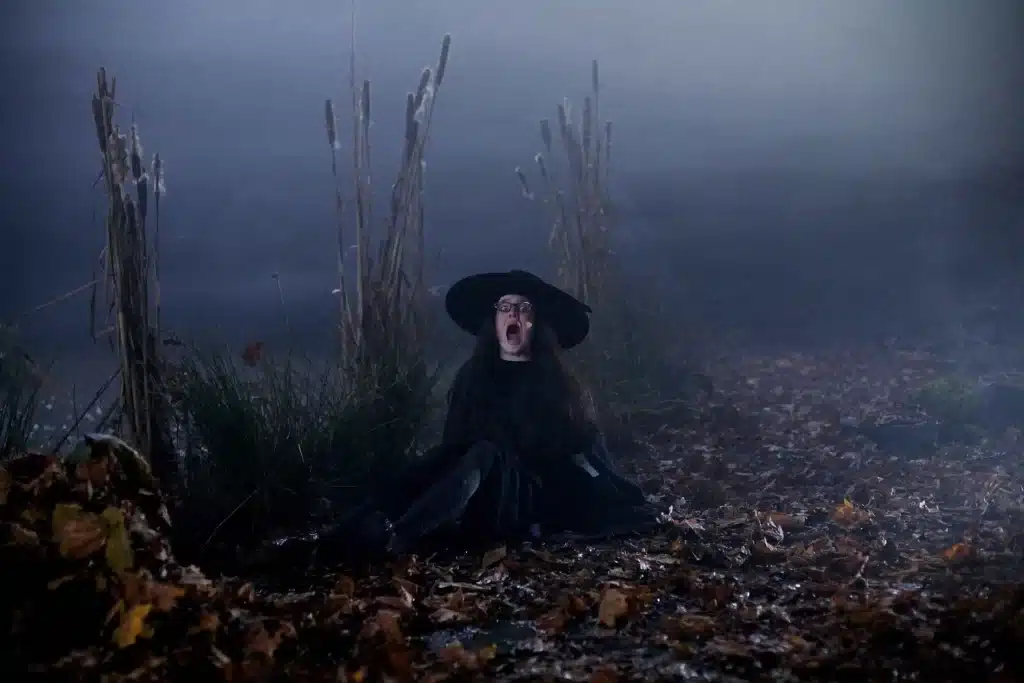
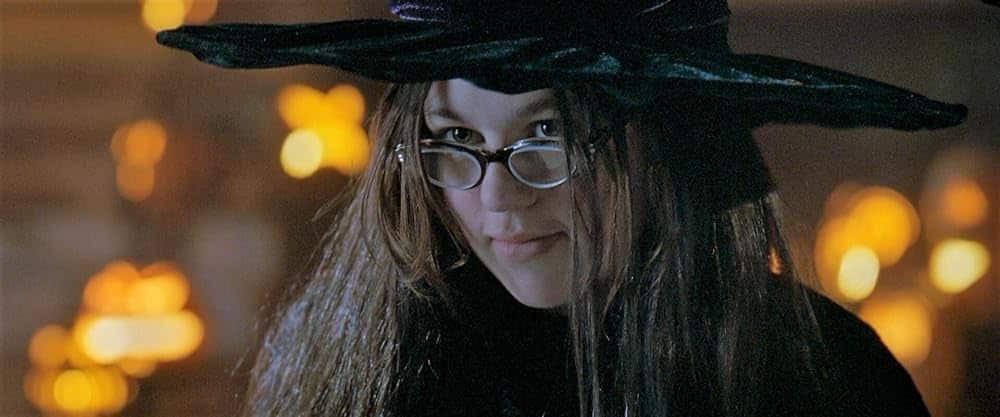
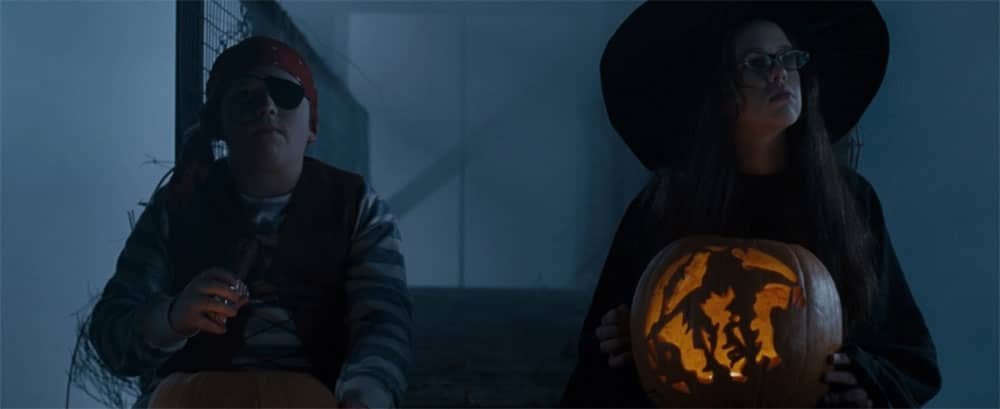
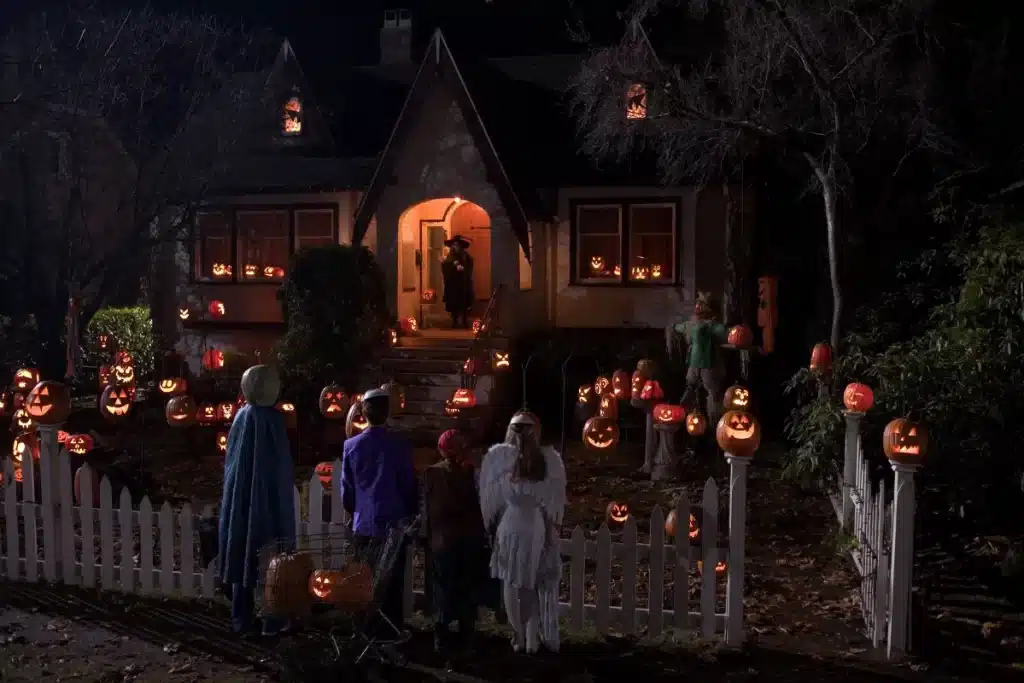
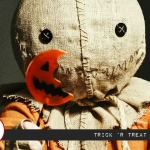
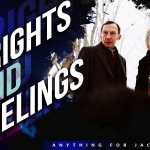





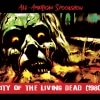




Follow Us!